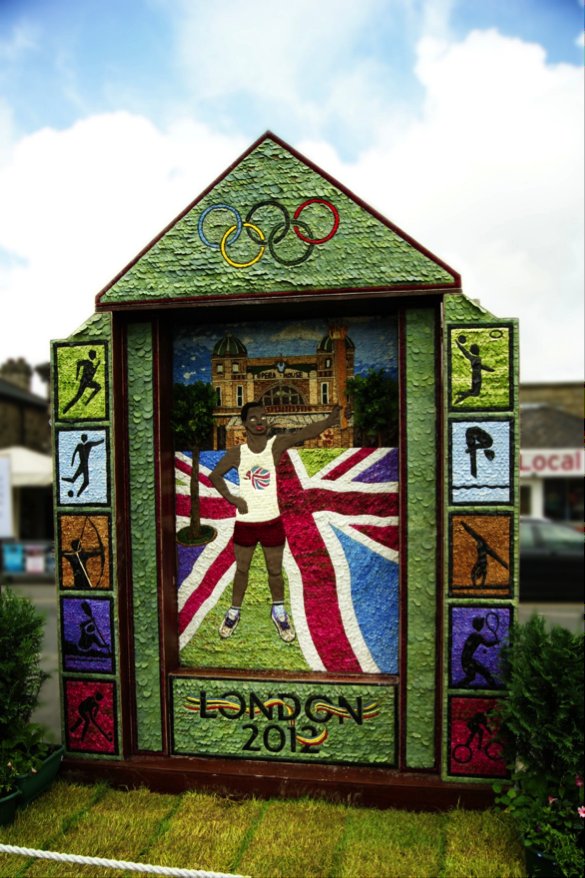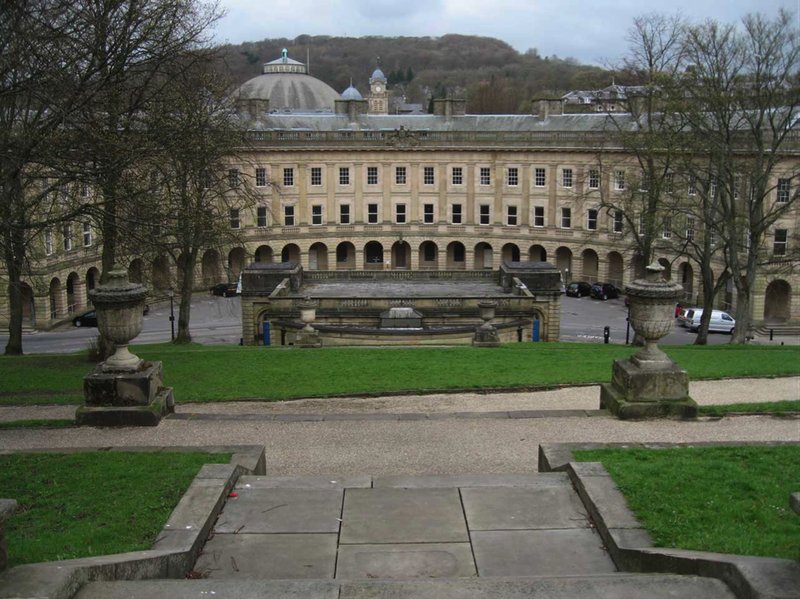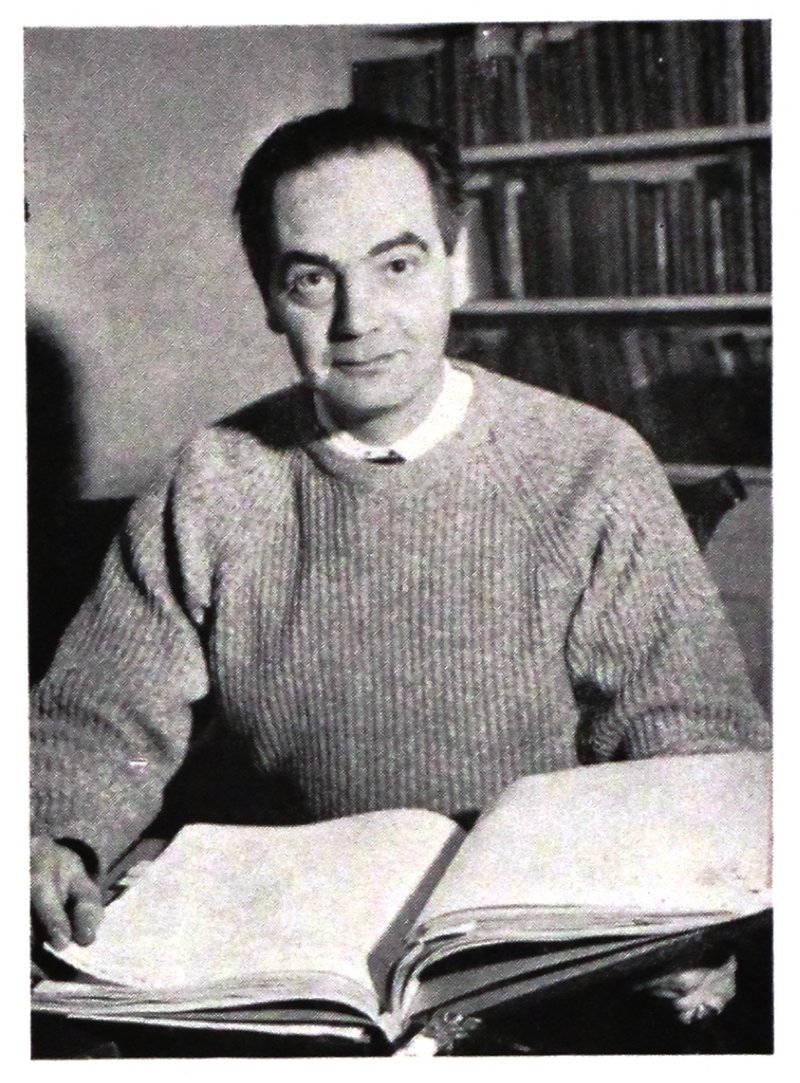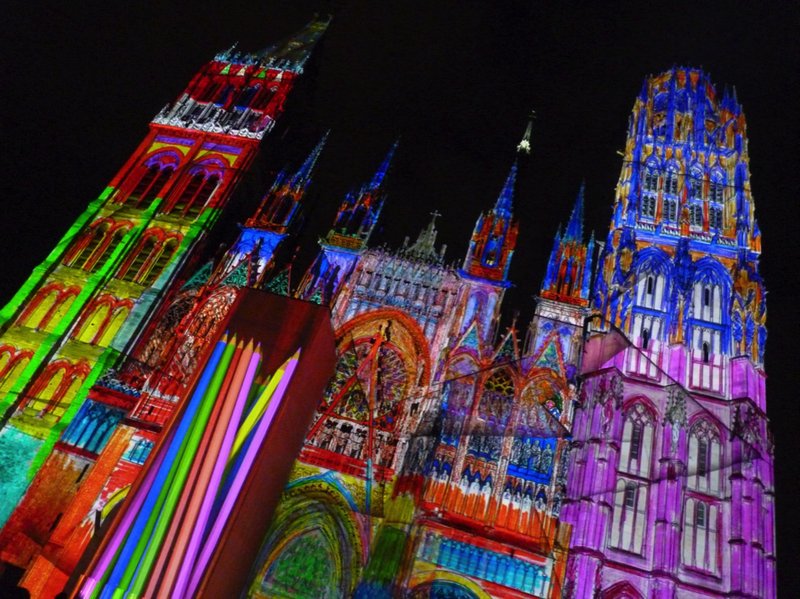I found a Buxton pageant!
By Tom Hulme
As a historian whose work focuses mostly on local patriotism and civic pride, I’m also susceptible to a bit of misty eyed romanticism about my own home town and county. Whenever I reach the rolling hills of upper Derbyshire, before dropping back down into Buxton, the highest market town in England ™, it just feels like home. About seven years ago I did my first proper archival research in the Derbyshire County Record Office in Matlock, a small town near Buxton with steep hills and good pubs. I went on the bus with my Grandma, who pottered around the shops while I pored over housing committee minutes from the Buxton Town Council. Not the most glamorous of topics, but something that certainly excited me! In that first fledging piece of historical enquiry I tried to argue that local identity and civic culture shaped both the nature and extent of wider public policies or trends. My work has moved away from Buxton in recent years, but those ideas, first tested in an undergraduate dissertation and then the journal Midland History, are still shaping how I think about my work today – not least in the case of the historical pageantry movement.
When I started working on the Redress of the Past project, I couldn’t find any references to a Buxton pageant – even though the Roman-origins town has a strong relationship with history, tradition, and public celebrations, such as the annual wells-dressing. But back in the Derbyshire Record Office today, I found a Pageant of Buxton! Produced in 1957, by the most notable pageant-master of the postwar period, Christopher Ede, it took place at the WORLD FAMOUS Georgian Buxton Crescent – a much better and more beautiful version of the crumbling and overrated Bath Crescent…

The Buxton Wells Dressing during the
Olympic Games in 2012. Simon Harrod,
Flickr, Creative Commons License. https://www.flickr.com/photos/sidibousaid/7526829298/

Buxton Crescent (2006). Michael Randall, Flickr, Creative Commons License. https://www.flickr.com/photos/pigpogm/135991332/
It told the history of Buxton, from the founding of the town by Quintus, an imaginary Roman centurion, to the present day: a cultural holiday destination and the gateway to the Peak District National Park. In between, famous visitors and events in the town were shown: Mary Queen of Scots, prisoner under the protection of the Earl of Shrewsbury in 1538; the building of the Crescent in 1780; Georgiana, Duchess of Devonshire, in 1783; the great actor Edmund Kean playing for one night in the Theatre in the early 1820s; and the first train reaching Buxton in 1863.

Christopher Ede, the pageant-master. Reproduced
by permission of the St Edmundsbury Heritage Service.
But it wasn’t a traditional historical pageant; there was no large cast of voluntary performers. It was instead A Pageant of Light and Sound. This type of entertainment had first been presented in France at Chambord in 1952, under the term ‘Son et Lumiere’. Devised by M Paul Robert-Houdin, it relied on the projection of light and colour onto the side of a building (in this case, the Crescent), and sound and narration to go with it. Buxton, according to the programme, was the first town to present such a pageant – and the first of its kind in the North of England (Buxton is in the NORTH, not the Midlands, whatever anyone tells you…). It was narrated, amongst others, by the famous stage-actor and voiceover artist Edward Kelsey, and the music was provided by the Jacques Orchestra.

An example of a more recent Son et
Lumiere – Rouen Cathedral (2013). Damien Entwistle, Flickr, Creative Commons
License. https://www.flickr.com/photos/damiavos/9543814913
Not a historical pageant on the scale of some of the others we have looked at, for sure, but important nonetheless as an example of the ways in which the movement developed at a tangent in the postwar period. But, more than anything, an exciting find and simple pleasure for a Buxton boy.
Tom Hulme
